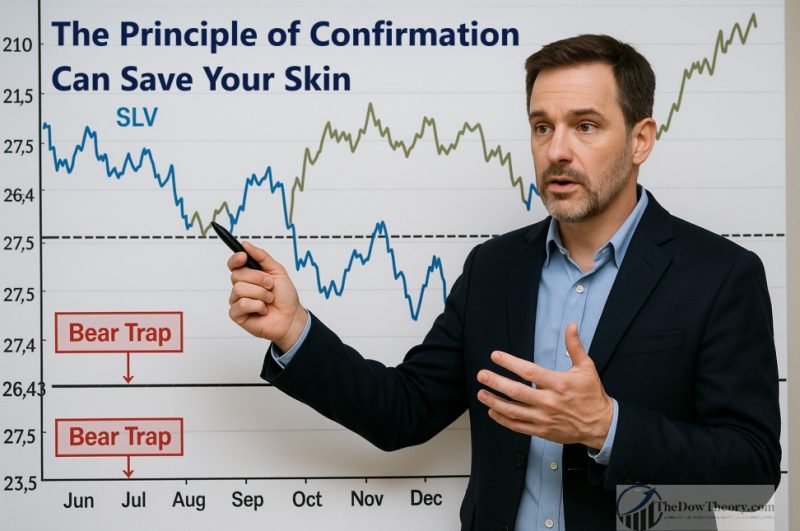Future important post
When I find time (oh time!!!), I’d like to write about the market conditions where the Dow Theory (and specially Schannep’s Dow Theory) might “suffer” and underperform buy and hold. In previous studies (see here), I have shown that the Dow Theory tends to underperform buy and hold when markets display nice up trends (of course, if the market only goes up, nothing is better than buy and hold) whereas most of the outperformance is predicated on declining markets (where buy and hold losses big, and the Dow Theory cut losses short, and opportunistically buys at a much lower “post crash” price). However, I’d like to further deepen this issue, as there is a third market condition which (while not fatal) may result in temporary underperformance for the Dow Theory and demoralize does not really acquainted with the “guts” and inner workings of the Dow Theory.
Of course this “third market condition” afflicts all Trend following strategies. Furthermore, the Dow Theory is very well endowed to ride through the adverse condition quite successfully, as “underperformance” does not mean losing one’s shirt (as does buy and hold when the market crashes).
US STOCKS
GOLD AND SILVER
The secondary trend is also bullish as explained here
Recent declines in SLV and GLD do not qualify as a secondary reaction. The time extent has not been met (GLD just declined 7 trading days and currently stands above the last minor recorded closing low July 20th).
Find below an updated chart which displays all price action since the primary bull market signal of March 17th, 2016 (left side of the chart). As you can see there was a secondary (bearish) reaction (red rectangle in the middle of the chart) against the primary bull market which was resolved by confirmed higher highs. Thus, the primary trend is bullish. The current decline (small blue rectangles on the right side of the chart) are a mere minor decline.
 |
| The current decline does not qualify as a secondary reaction |
GOLD AND SILVER MINERS ETFs
SIL and GDX have been relentlessly making higher highs. Recent declines do not qualify as a secondary reaction. The chart below displays SIL and GDX price action since the primary bull market signal of March 3rd, 2016. As you can see hitherto no secondary reaction has occurred yet. The small blue rectangles on the right side of the chart display the ongoing decline, which, I have said, does not qualify as a secondary reaction against the primary bear market.
Sincerely,
The Dow Theorist





